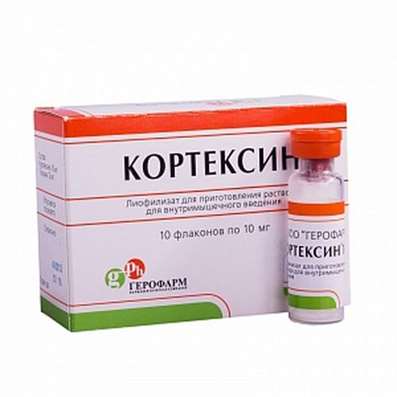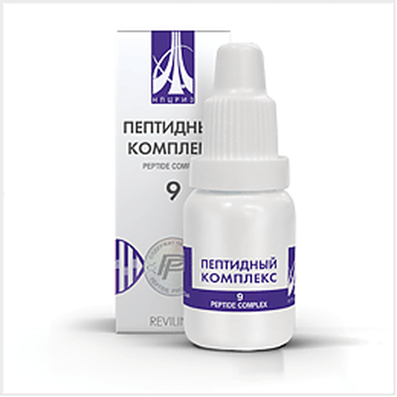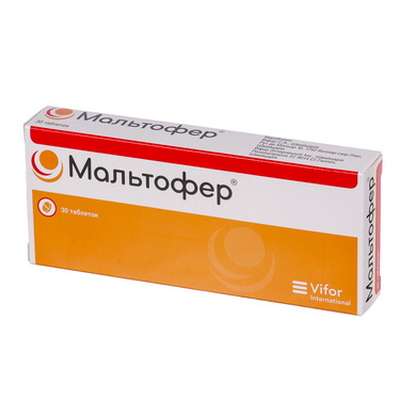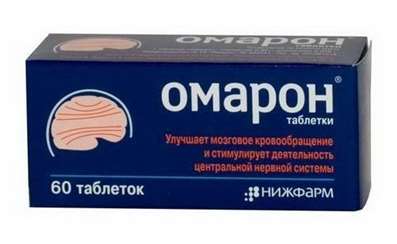Instruction for use: Exemestane (Exemestanum)
I want this, give me price
Pharmacological group
Estrogens, gestagens; Their homologues and antagonists
Antineoplastic hormonal agents and hormone antagonists
Code CAS 107868-30-4
Nosological classification (ICD-10)
C50 Malignant neoplasm of breast
Cancer of the nipple and areola of the breast, Breast carcinoma, The hormone-dependent form of recurrent breast cancer in women in menopause, Hormone-dependent breast cancer, Disseminated breast carcinoma, Disseminated Breast Cancer, Malignant breast cancer, Malignant neoplasm of breast, Contralateral breast cancer, Locally advanced or metastatic breast cancer,Locally-distributed breast cancer, Locally-recurring breast cancer, Metastatic breast carcinoma, Metastasis of breast tumors, Metastatic breast carcinoma, Inoperable breast carcinoma, Incompatible breast cancer, Breast cancer in women with metastases, Breast cancer in men with metastases, Breast Cancer, Breast cancer in men, Mammary cancer, Breast cancer with distant metastases, Breast cancer in postmenopausal women, Breast cancer hormone-dependent, Breast cancer with local metastases, Breast cancer with metastases, Breast cancer with regional metastases,Breast cancer with metastases, Common hormone-dependent forms of breast cancer, Common Breast Cancer, Recurrent Breast Cancer, Recurrence of breast tumors, Breast cancer, Estrogen-dependent breast cancer, Estrogen-Dependent Breast Cancer, Disseminated breast cancer with overexpression of HER2, Tumors of the mammary glands
Characteristics of the Exemestane
Steroid inhibitor of aromatase III generation, similar in structure to androstenedione. Crystalline powder from white to white with a yellowish hue of color. It is soluble in N, N-dimethylformamide, soluble in methanol, practically insoluble in water. Molecular weight is 296.41.
Pharmacology
Pharmacological action - antitumor, antiestrogenic.
Inhibits aromatase (irreversibly binds to the active center of the enzyme and causes its inactivation) and blocks the formation of estrogens. Has antiestrogenic effect, does not possess progestogen and estrogenic activity, does not affect the synthesis of cortisol and aldosterone in the adrenal glands. In high doses, it exhibits a slight androgenic activity (due to the 17-hydroxy derivative). Increases the level of LH and FSH on the principle of feedback: a decrease in the concentration of estrogen stimulates the secretion of gonadotropins in the pituitary gland.
Causes a dose-dependent decrease in the content of estrone, estradiol and estrone sulfate. The decrease in the serum estrogen concentration in postmenopausal women appears at a dose of 5 mg and reaches a maximum (a decrease of more than 90%) at a dose of 10-25 mg (the maximum decrease in estrogen levels occurs within 3 days). In postmenopausal women with breast cancer, when taking eksemestan in a dose of 25 mg / day, the total level of aromatase decreased by 98%.
In a multicenter, randomized, double-blind phase III trial, high efficacy and safety of exemestane in the treatment of postmenopausal women with progressive metastatic breast cancer have been shown to be ineffective in patients with previous tamoxifen therapy.
After oral intake quickly absorbed (the food improves absorption, the plasma level achieved in this case is 40% higher than when taken on an empty stomach). With a single application of 25 mg after meals, Cmax (18 ng / ml) is achieved within 2 hours. Binding to plasma proteins is 90% and does not depend on the total concentration. Well distributed in tissues. Metabolized by oxidation of the methylene group at position 6 with the participation of the CYP3A4 isoenzyme and / or by reduction of the 17-keto group with the participation of aldoketoreductases to form inactive or inactive metabolites. T1 / 2 - 24 hours. It is excreted in the urine (less than 1% unchanged) and with feces approximately in equal parts within 1 week.
Application of Exemestane
Breast cancer in postmenopausal women (natural or induced), progressing against the background of anti-estrogen therapy, non-steroid aromatase inhibitors or progestins.
Contraindications
Hypersensitivity.
pregnancy and lactation
Contraindicated in pregnancy.
Action category for fetus by FDA - D.
At the time of treatment should stop breastfeeding.
Side effects
From the nervous system and sensory organs: fatigue, dizziness, headache, insomnia, depression.
On the part of the intestinal tract: nausea, anorexia, constipation or dyspepsia, abdominal pain, increased activity of hepatic transaminases (mainly in patients with metastases to the liver and bones, in the presence of other liver damage).
Allergic reactions: skin rash.
Other: hot flushes, sweating, alopecia, peripheral edema (feet and shins), thrombopenia and leukopenia, lymphopenia.
Interaction
Estrogen-containing drugs neutralize the effect. CYP3A4 inducers can reduce the concentration in the plasma.
Overdose
Treatment: symptomatic (there is no specific antidote), regular monitoring of vital functions and careful observation.
Routes of administration
Inside.
Precautions of Exemestane
Do not prescribe women with premenopausal endocrine status (efficacy and safety of the drug in this group of patients has not been studied). In patients with hepatic or renal failure, dose adjustment is not required. It is not recommended for use in children. During treatment, one should refrain from occupations that require concentration and speed of psychomotor reactions (when the drug was used, symptoms such as drowsiness, asthenia, and dizziness were noted).
special instructions
Postmenopausal status should be confirmed by determining the level of LH, FSH and estradiol

 Cart
Cart





